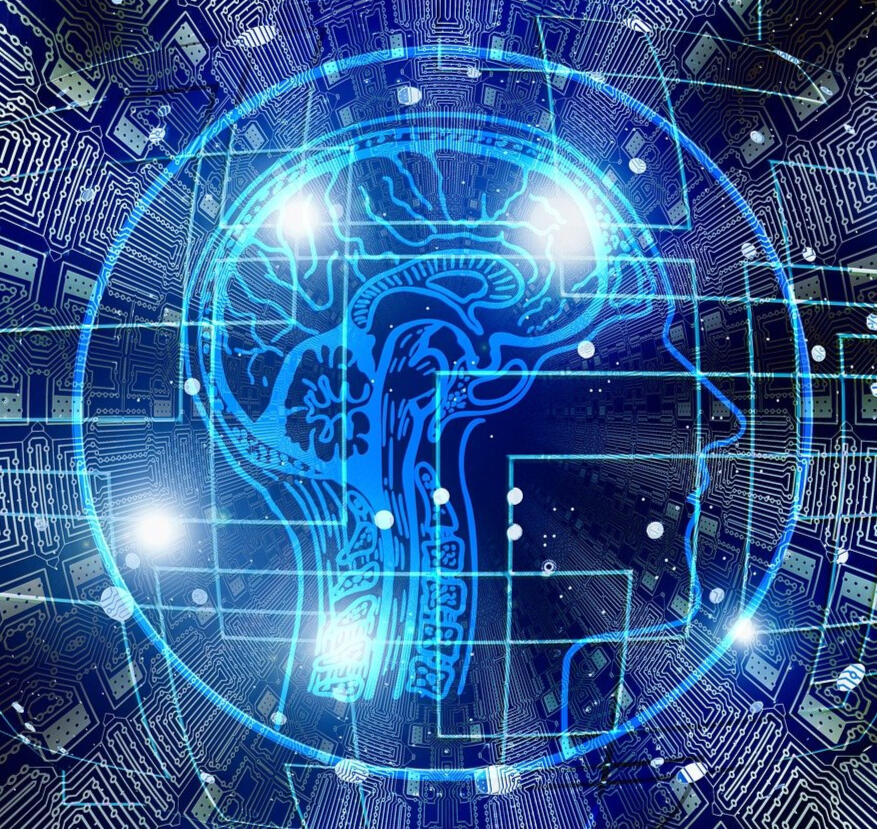What is deep learning neural network
Introduction
In the world of artificial intelligence, deep learning neural network (DLNN) is an exciting and rapidly evolving field. A lot of students from non computer backgrounds have started to learn to code in python and started studying this subject just because of the popularity neural networks has gained over the time. The human brain has always been considered the pinnacle of intelligence; however, DLNN algorithms come close to mimicking the capabilities of the human brain. In this article, we will provide an introduction to the DLNN, its history, architecture and applications.

History of DLNN
Deep learning neural network is nothing new, it has been around for several decades. However, advancements in computer processing power have enabled researchers to build more sophisticated and capable DLNN models. It is said one of the early beginnings was when Warren McCulloch and Walter Pitts build a mathematical model to simulate the neuron in 1943 which they called McCulloch-Pitts neuron. Another significant development in the field was made in 1957 by Frank Rosenblatt who introduced the perceptron algorithm.
Architecture of DLNN
DLNN architecture is similar to the human brain and is composed of multiple interconnected layers. The number of layers in a DLNN can range from a few to hundreds, depending on the complexity of the problem being solved. The simple architecture of the DLNN consists of an input layer, one or more hidden layers, and an output layer. The input layer receives data, and each subsequent hidden layer processes the data in a more complex representation, extracting features and patterns. The output is generated when the data has been propagated through all the hidden layers. The deep learning algorithm can be supervised, unsupervised, or a hybrid called semi-supervised. For supervised learning, the DLNN is trained on labeled input data, where the output is known, to learn the relationship between input and output. In unsupervised learning, the DLNN is used to learn the structure and patterns of the data without explicit input-output relationship. Semi-supervised learning is a hybrid approach that combines supervised and unsupervised learning.

Applications of DLNN
DLNN has been applied in various industries, including healthcare, finance, and automotive. In healthcare, DLNN has been used for drug discovery and genetic analysis. DLNN is highly valuable in finance, as it can predict stock prices and identify potential fraud. In automotive, DLNN has been applied for self-driving cars and image recognition, such as identifying road signs and pedestrians. Subheadings: Neural Style Transfer using DLNN: One novel application of DLNN is the neural style transfer, where an image of a content is styled with a second image, giving it an artistic touch. This is achieved with the use of convolutional neural networks (CNNs) in the DLNN. The CNN focuses on identifying shapes and features in an image, using that information to stylize the content image. Neural style transfer has been applied in various applications, including video games, mobile applications, and social media.
Challenges of DLNN
With DLNN, there are several challenges to address, including overfitting, data size, explainability, and hardware requirements. Overfitting happens when the DLNN model becomes too complex and fits only to the training data. This can result in poor performance and inaccuracies in predicting new data. In addition, the size of the data required for training a DLNN is enormous, which poses a challenge for smaller organizations or companies with limited resources. Explainability is another challenge when dealing with DLNN, as it is not always clear how a DLNN model arrives at a conclusion or decision. Lastly, DLNN requires significant amounts of processing power, making it expensive to build, operate and utilize.
Conclusion
DLNN is a rapidly evolving and exciting field with the potential to revolutionize industries and provide effective solutions to complex problems. The architecture of DLNN is inspired by the human brain, and it has been used in various industries, including healthcare, finance, and automotive. Although there are some challenges in working with DLNN, the benefits outweigh the costs for companies and organizations that require sophisticated and efficient solutions to problems. It is likely that DLNN will continue to advance, providing more transformative solutions to the global community.